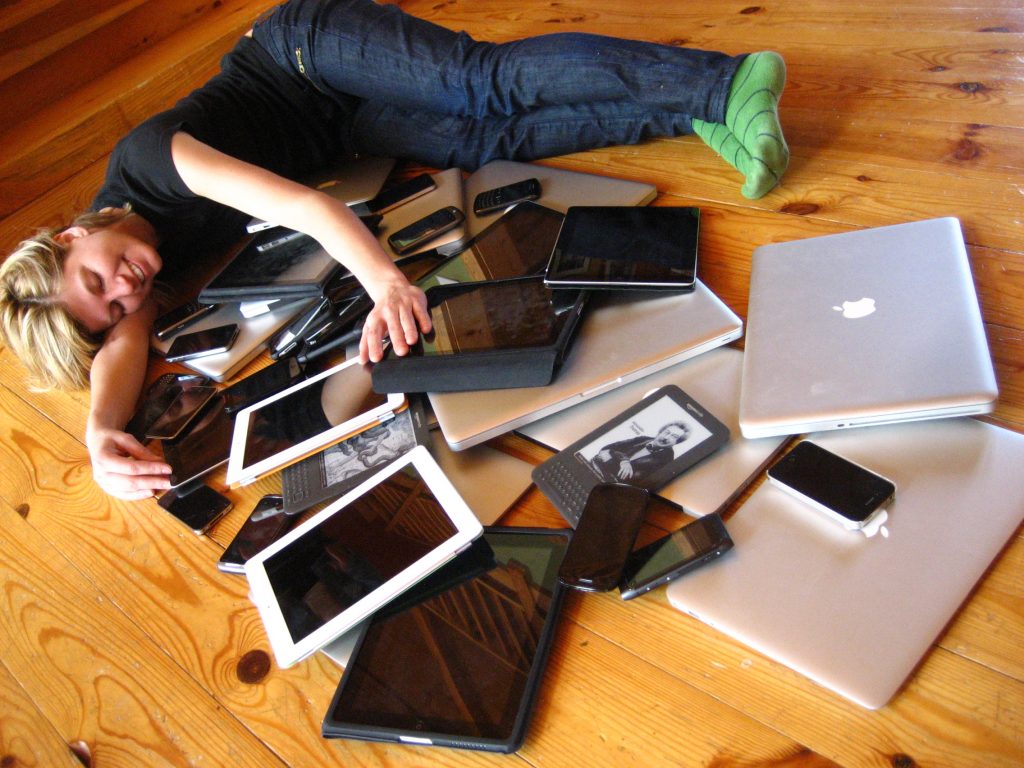By Brittany Eldridge | Observer Contributor

Photo by Jeremy Keith from flickr
Despite studies connecting increased screen time with various health issues, college students cannot avoid technology.
In September, Apple introduced Screen Time, an IOS 12 feature, which provides Apple device users with daily and weekly reports. According to the Apple website, these reports show users which categories of apps they use most and how much time they spend in each app. The feature lets users limit the time they spend on their device and on specific apps.
Briana Shelly, student, has the Screen Time app installed on her iPhone X. She said that it is interesting to see her average time spent differ from week to week. According to the Screen Time feature, Shelly spends most of her time on Twitter, Snapchat, text messaging, and reference, such as using Google Maps, Google.com or checking the weather.
A 2018 report published in the College Student Journal stated that college students with high levels of screen time are more likely to suffer from sleep deprivation, anxiety, depression and obesity. These conditions can negatively impact students’ academic performance. The report explained that sleep deprived students had lower GPAs and that depressed students missed more classes and assignments.
The Apple website explains how Apple users can set limits on their most used apps. Apple users can schedule Downtime, or specific time periods where only phone calls and certain apps can be used. Users can use App Limits to block certain categories of apps, such as games or social networking apps.
Shelly said that the Screen Time feature made her more aware of how much time she spends on her phone. She added that she was shocked by how much time she spent and that it never really seemed that long. Shelly believes that she should change her screen time habits but does not think that she will be able to. She said she relies on her phone because it is easy to use and accessible.
Another student, Bianca Noelle, does not have the Screen Time feature but she still keeps track of how much time she spends on her phone. Noelle said that she spends three hours a day on her phone. She spends most of her screen time on apps such as Instagram and Google.
Android offers a feature similar to Screen Time called Digital Wellbeing. The Android website stated that Digital Wellbeing is currently only available for Pixel devices with Android 9 Pie. The app shows how often Android users spend time in certain apps, allows users to schedule breaks, and monitors how much time users spend watching videos.
While college students cannot avoid technology entirely they can make use of Apple’s Screen Time feature and Android’s Digital Wellbeing feature to monitor and limit the time they spend on their devices. College students can use these features to limit their screen time. By limiting their screen time students may improve their health and academic performance.
Comments are closed.